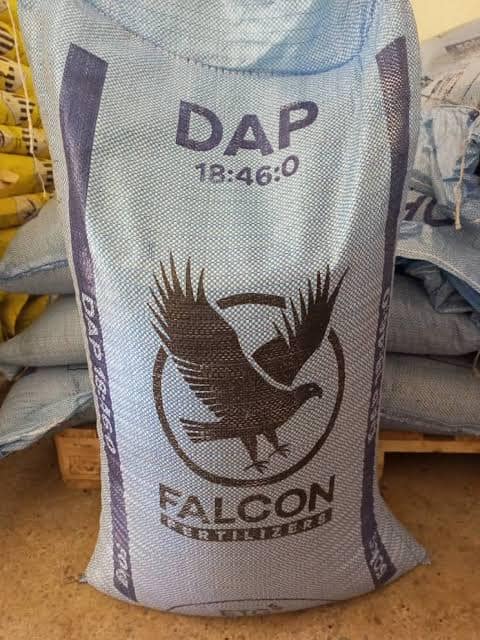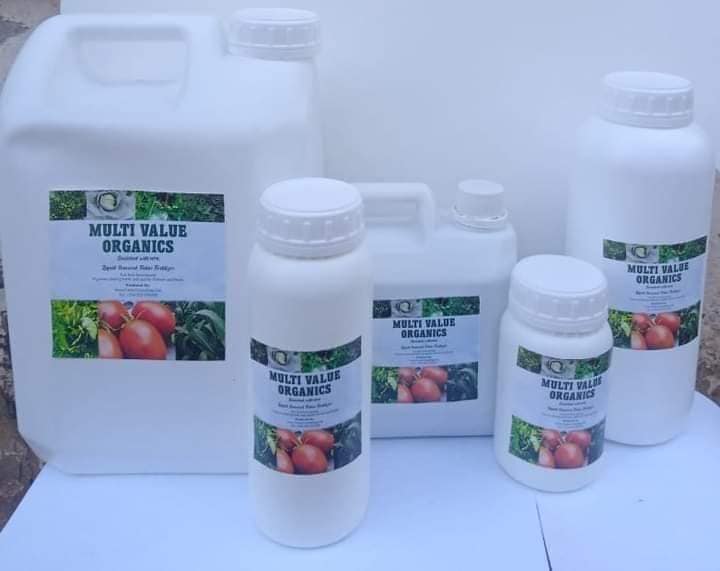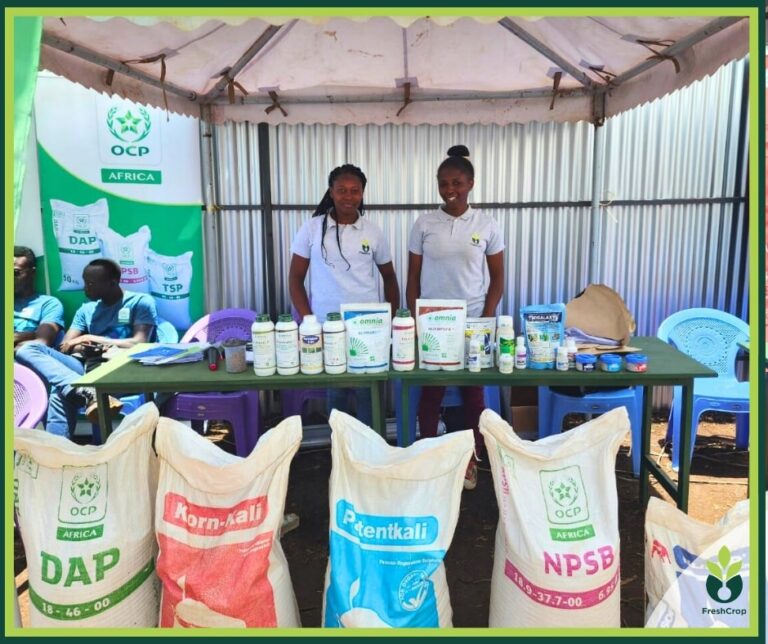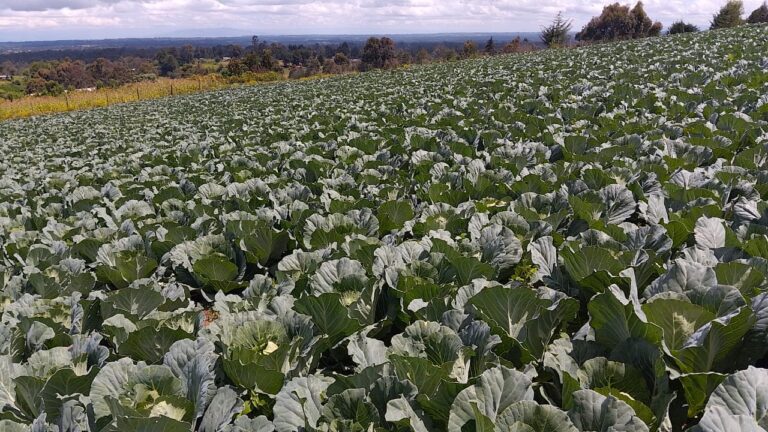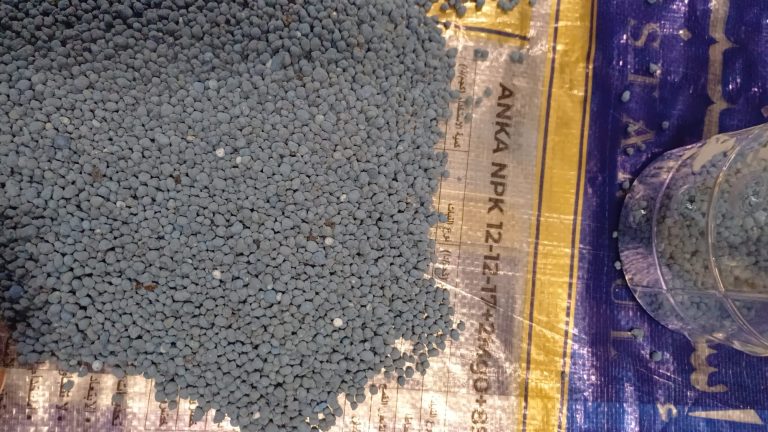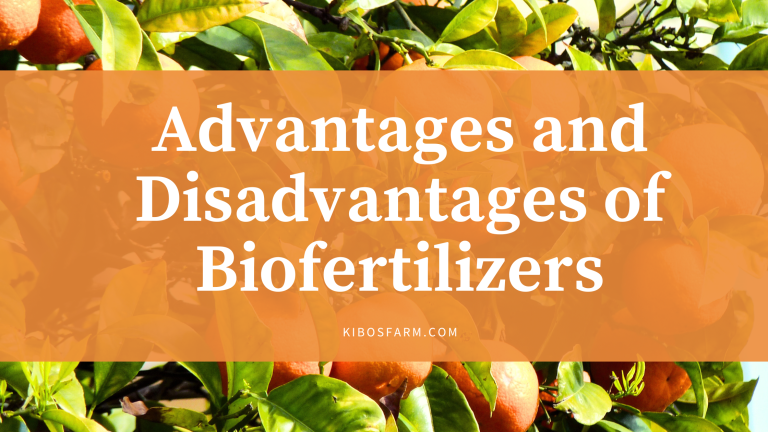Side Effects With Using DAP Fertilizer
Diammonium phosphate (DAP) is a widely used fertilizer, but like any agricultural input, it comes with potential side effects. Here are some of the main side effects associated with the use of DAP fertilizer:
- Soil pH Changes: DAP is highly alkaline and can cause an increase in soil pH, leading to potential nutrient imbalances. This can particularly affect the availability of micronutrients like iron, manganese, and zinc.
- Salt Accumulation: Overuse of DAP can lead to an accumulation of salts in the soil, which can harm plant roots and reduce crop yields.
- Environmental Impact: Runoff from fields treated with DAP can lead to nutrient pollution in water bodies, contributing to eutrophication, which causes excessive growth of algae and depletion of oxygen in the water, harming aquatic life.
- Ammonia Volatilization: DAP releases ammonia gas when applied to the soil, which can lead to nitrogen losses and air pollution, contributing to environmental issues like acid rain.
- Root Burn: High concentrations of DAP near plant roots can cause root burn due to the high levels of nitrogen and phosphorus, potentially damaging young plants or seedlings. As DAP granules dissolve, they release ammonium which can harm nearby germinating seeds and plant roots, especially when the soil pH is greater than 7.
- Microbial Imbalance: Excessive use of DAP can disrupt the natural microbial balance in the soil, which can negatively affect soil health and long-term fertility.
- Heavy Metal Contamination: Some DAP fertilizers may contain trace amounts of heavy metals like cadmium and lead, which can accumulate in the soil and enter the food chain, posing health risks to humans and animals.
- Adverse effects on aquatic life: Excessive use of DAP and other fertilizers can lead to water pollution, creating “dead zones” where aquatic life suffers from lack of oxygen
To mitigate these side effects, it’s essential to use DAP fertilizer according to recommended guidelines, considering soil tests and crop requirements, and to incorporate sustainable farming practices such as crop rotation, organic amendments, and proper irrigation management.
To avoid these problems, it’s crucial to use DAP and other fertilizers in moderation, following recommended application rates for the specific crop and soil conditions. Balanced use of DAP along with other organic and inorganic fertilizers can boost yields, but excessive or improper application can degrade soil health and contaminate the environment.
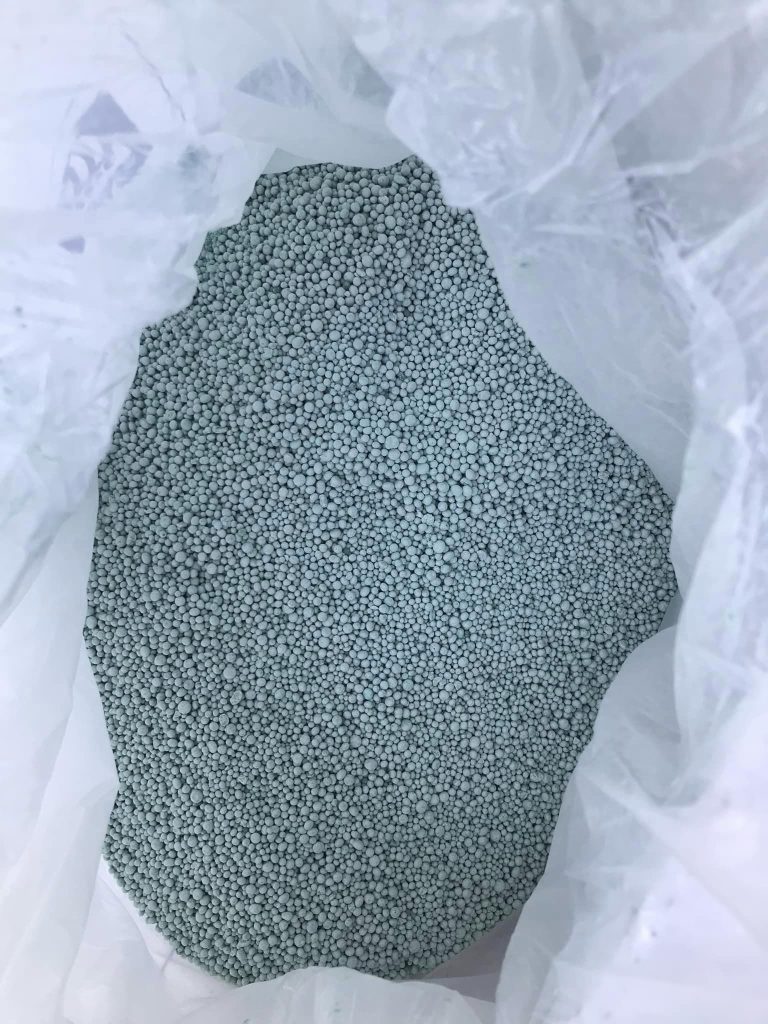
How Does Excessive DAP Usage Affect Soil Microorganisms?
Excessive usage of DAP (Diammonium Phosphate) fertilizer can have several impacts on soil microorganisms:
- Nutrient Imbalance: Excessive application of DAP can alter the nutrient balance in the soil, particularly affecting nitrogen levels. This imbalance can hinder the growth and diversity of soil microorganisms that rely on balanced nutrient availability.
- PH Changes: DAP can increase soil pH due to its acidic nature upon dissolution. Soil microorganisms have specific pH ranges in which they thrive, and significant pH shifts can disrupt their populations and activities.
- Toxicity: At high concentrations, DAP can release excessive levels of ammonium ions into the soil. Ammonium toxicity can inhibit microbial growth and function, especially for those sensitive to ammonia.
- Reduced Organic Matter Decomposition: Microorganisms involved in organic matter decomposition may be negatively impacted by high levels of ammonium from DAP. This can slow down nutrient cycling processes in the soil.
- Long-Term Effects on Soil Health: Continuous excessive use of DAP without proper soil management practices can lead to long-term degradation of soil health. This includes reduced microbial diversity, decreased soil fertility, and potential compaction issues.
